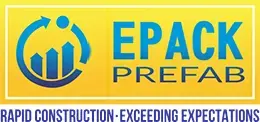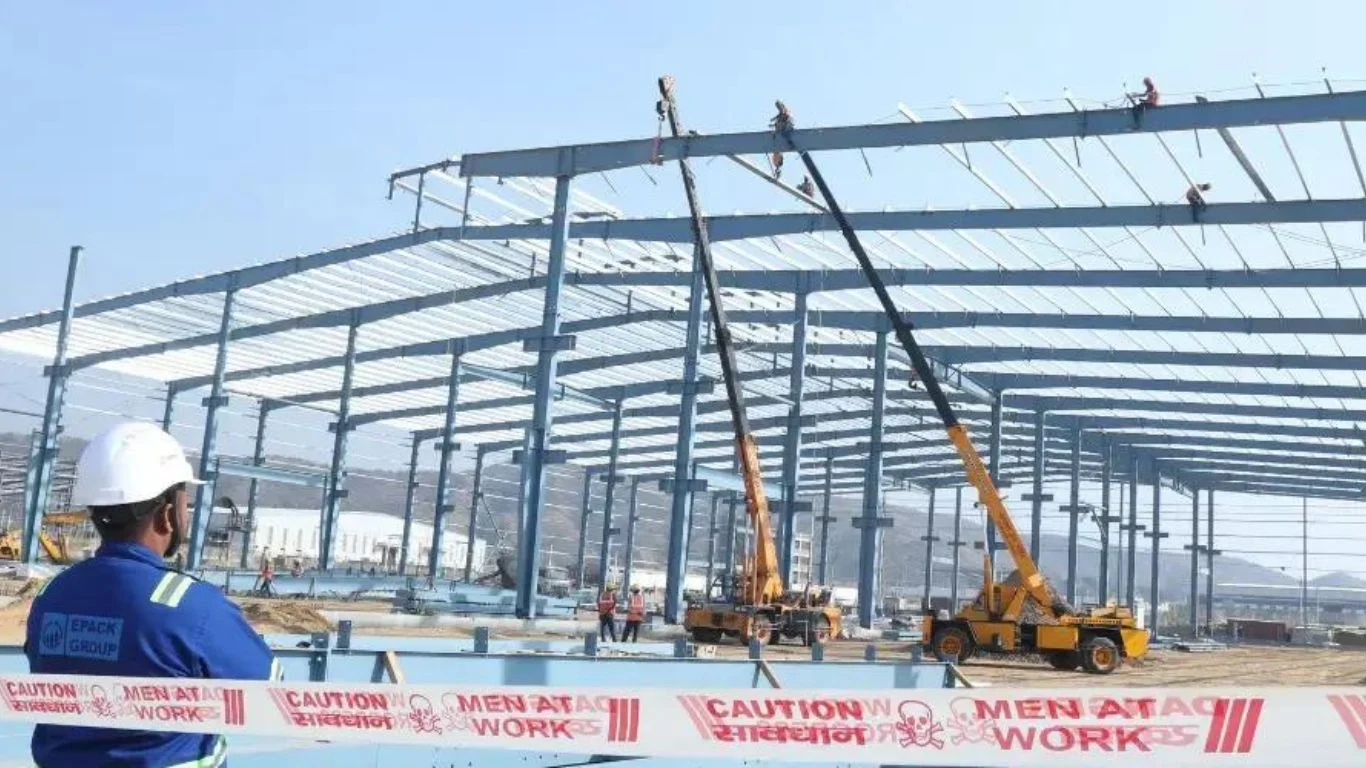Adjustment is the one variable that is constant. Similarly, the building and construction sector is undergoing a radical upheaval. Steel designs have proven their usefulness in terms of cost savings, durability, and ease of creation, surpassing classical designs as the preferred frames for mechanical application.
What properties of its modern steel buildings make them so adaptable to a world in constant flux? It’s not just about cost, strength-to-weight ratio, and ease of expansion; it’s also about its integrity and avoiding the use of ecologically hazardous materials for the future of the earth and the population that has not yet inhabited it.
Construction and Building Strategies for Steel Structures
It’s not a new trend for steel to be utilised in the design of contemporary structure frames; it’s been around for a very long time, for decades, and is now gaining worldwide recognition for the multiple benefits it offers. Not like conventional fashion, where the necessity of a designer may be overlooked.
Steel (locations) were carried to the building site and then fabricated into supports, columns, and braces the erection phase followed. This strategy has the problem of requiring setup designers to be present on-site during every construction to deliver directions to the workers. It was not a significant advantage at the time, but it was less expensive than building a solid construction. The invention of computer-aided design and the concept of assembly-line-built, stabilised, pre-created metal designs pushed the movement of the world to a dizzying speed.
The vast majority of mechanical frameworks currently use pre-assembled outlines with minimum robust constructions, including the installation procedure. Because modern prefabricated frames are made on an assembly line, it is possible to utilise steel that has been synthetically treated to minimise rusting and also damage due to ageing. The primary benefit is the limiting of labour on the construction site.
The architectural features of prefabricated structures
Prefabricated structures provide superior design flexibility and extension convenience. Also, it does not finish here. Designers and service experts are able to develop novel components for steel building foundations. The fundamental and essential elements are:
- Welded Steel Framework
- There are columns and light beams
- The Purlins and Girths
- Wall and roof cladding (Insulated or single skin)
- Windows and also Doors
- Staircase situations
- Mezzanine floors
Using these key components, it is feasible to develop non-exclusively contemporary steel frameworks with specialised applications.
For some uses, instantaneous steel frameworks (also known as prefabricated structures) are also available as ready-to-collect frameworks.
The advantage of a prefabricated steel building is that there are countless alternatives for changing size and determination. There is virtually no steel construction that cannot be located.
The advent of computers and CAD displays has significantly raised the amount of individuals utilising steel frameworks. When a construction is still in the planning stage, it is currently conceivable to envision its final appearance. This makes it possible to make changes as needed and give it a sophisticated appearance.
EPACK Prefab has more than 24 years of experience in prefabrication and pre-engineered building construction. The structural components are made at our own facility by a professional workforce. Our service and delivery network encompasses all of India, including all major cities and industrial hubs, as well as smaller regions.











